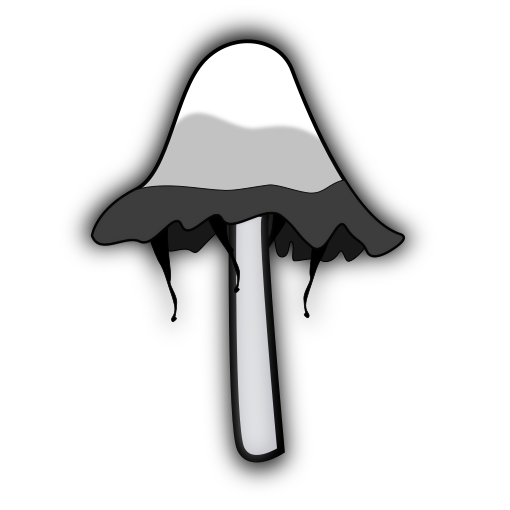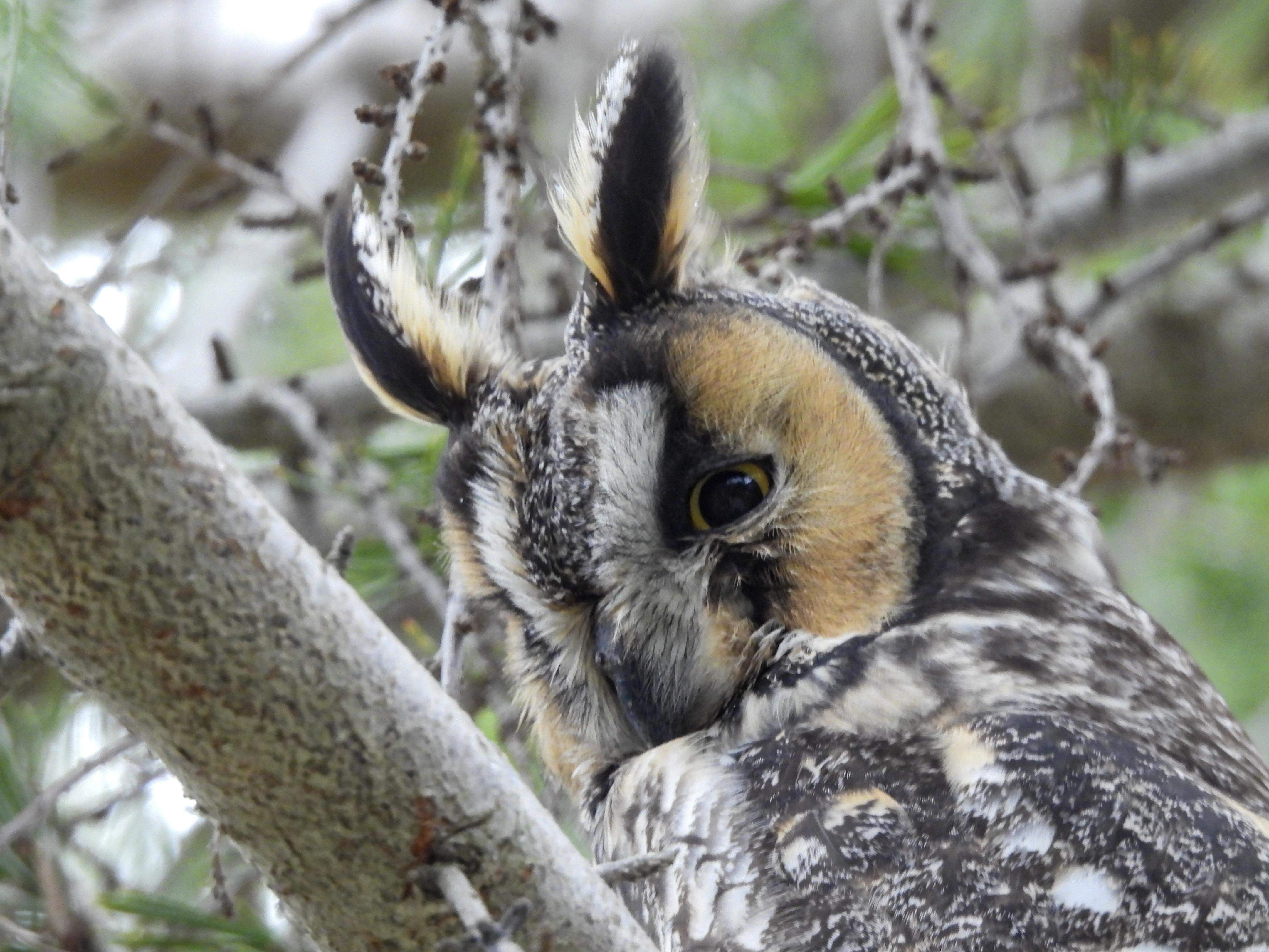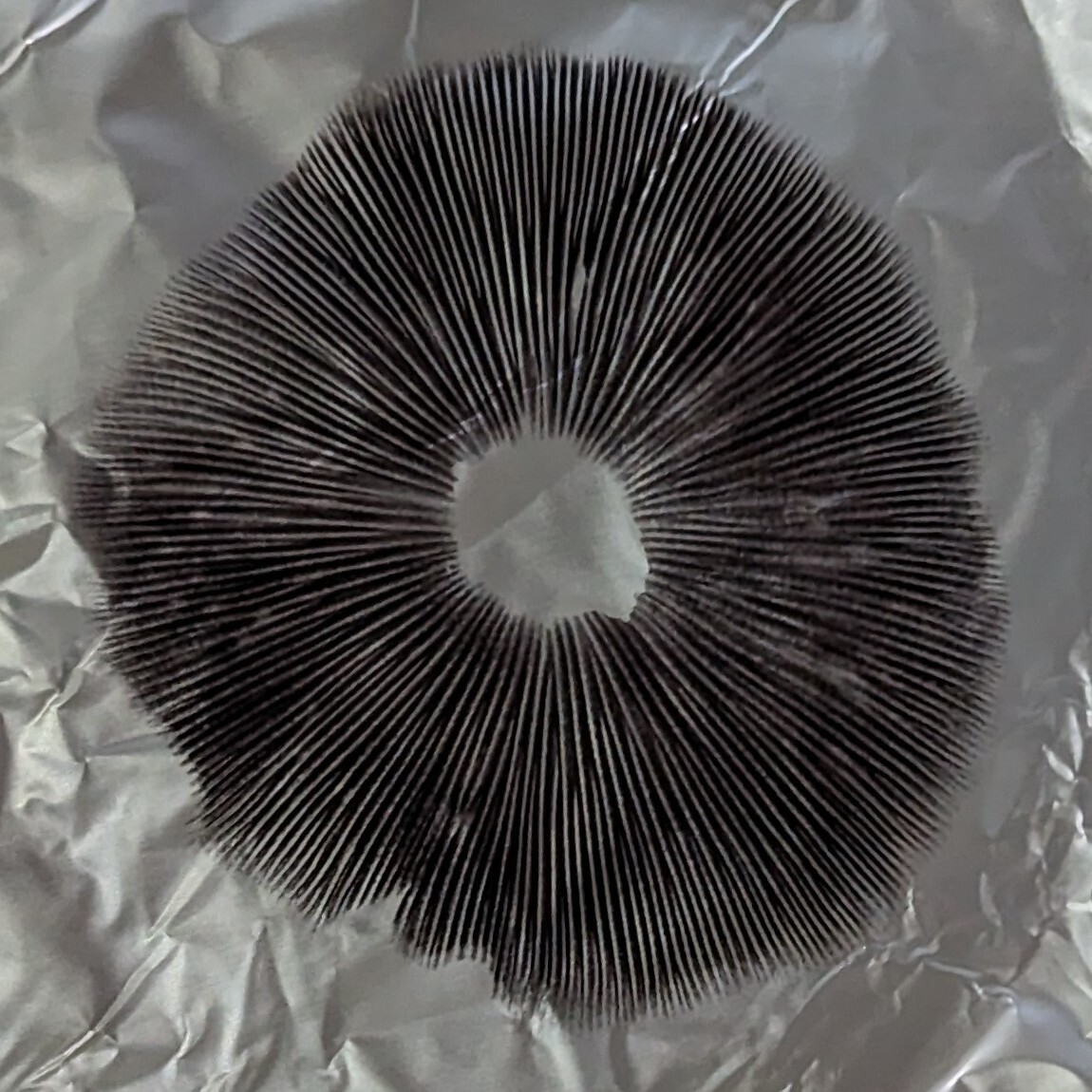- cross-posted to:
- [email protected]
- cross-posted to:
- [email protected]
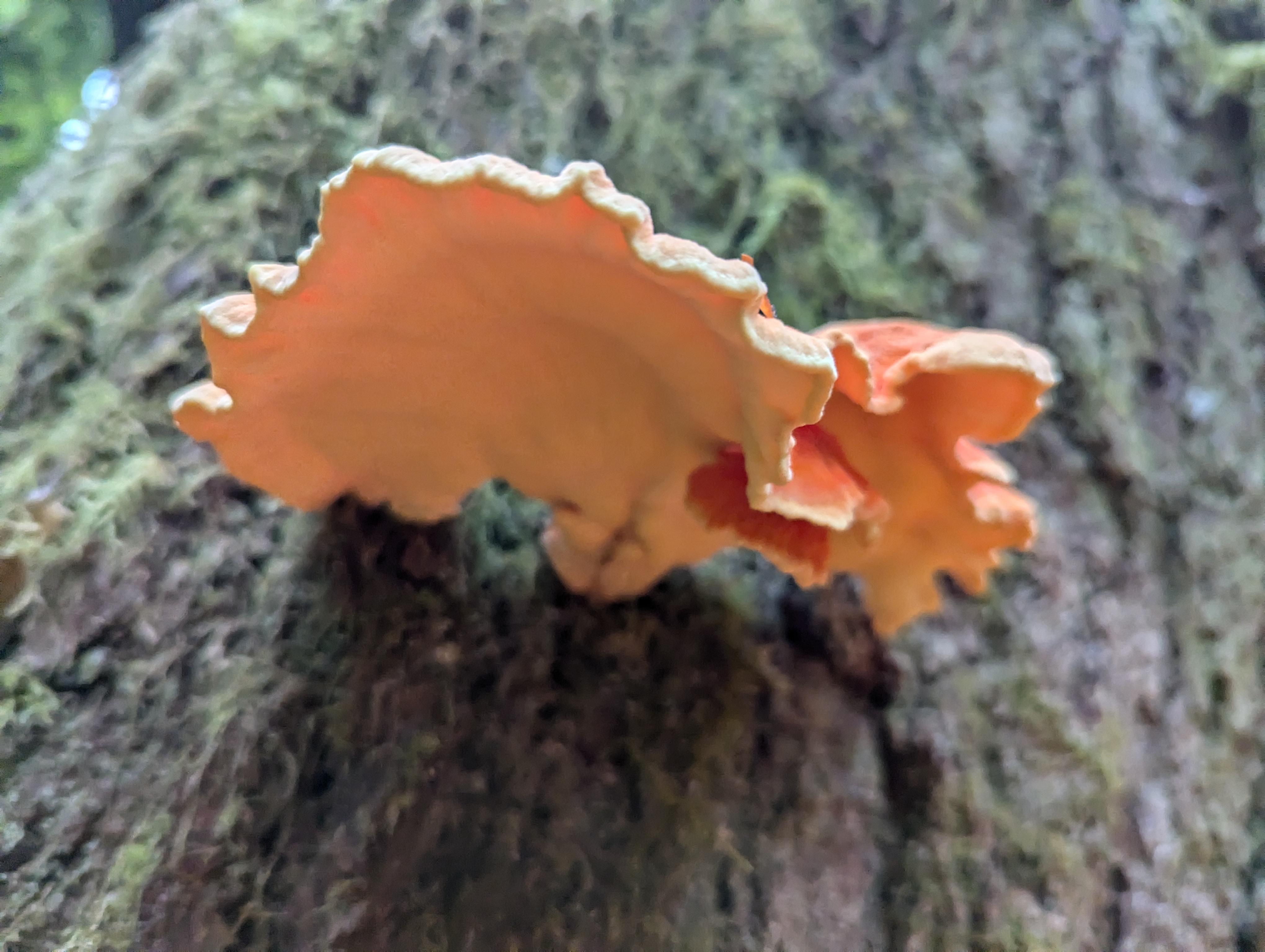
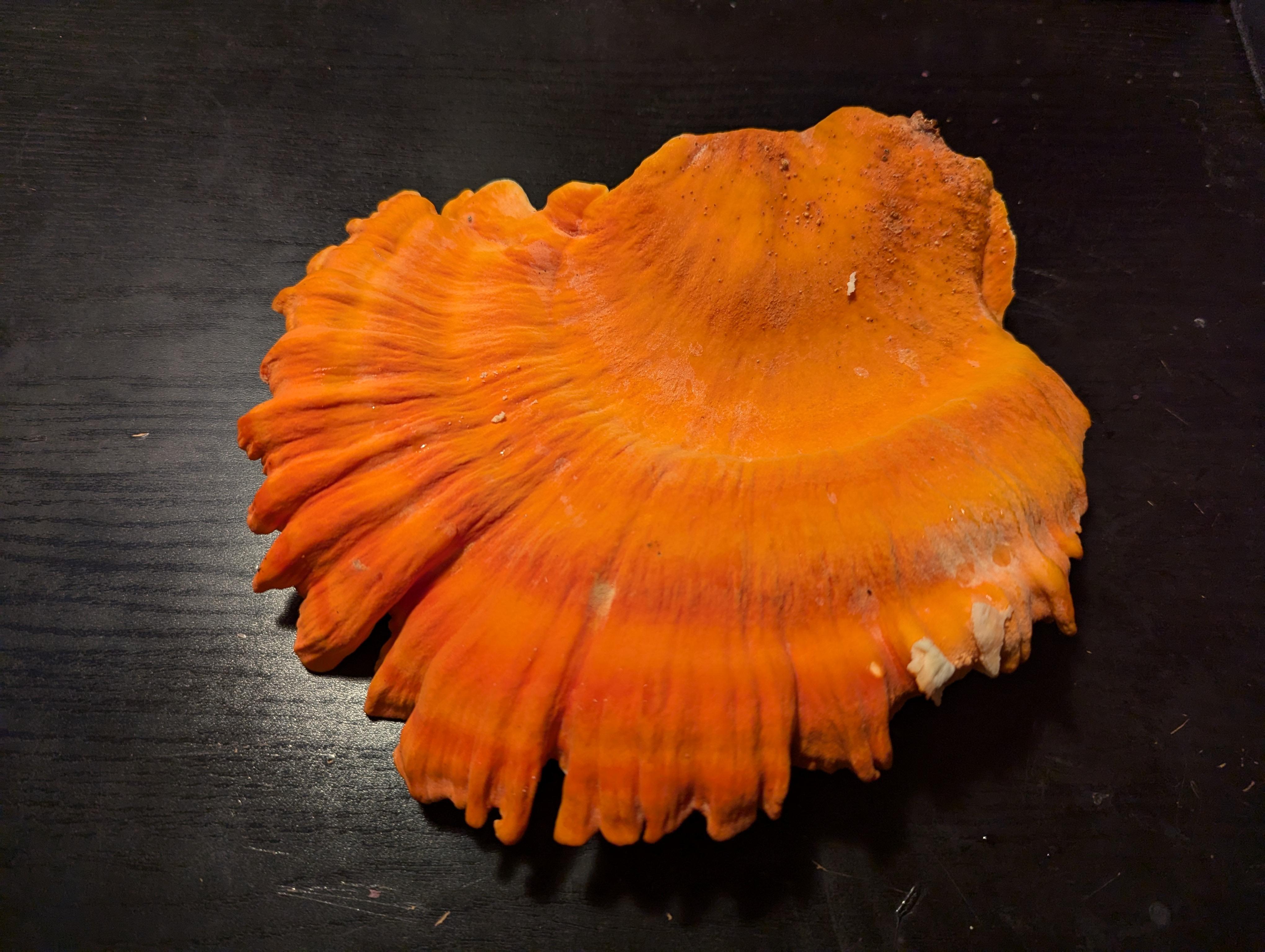
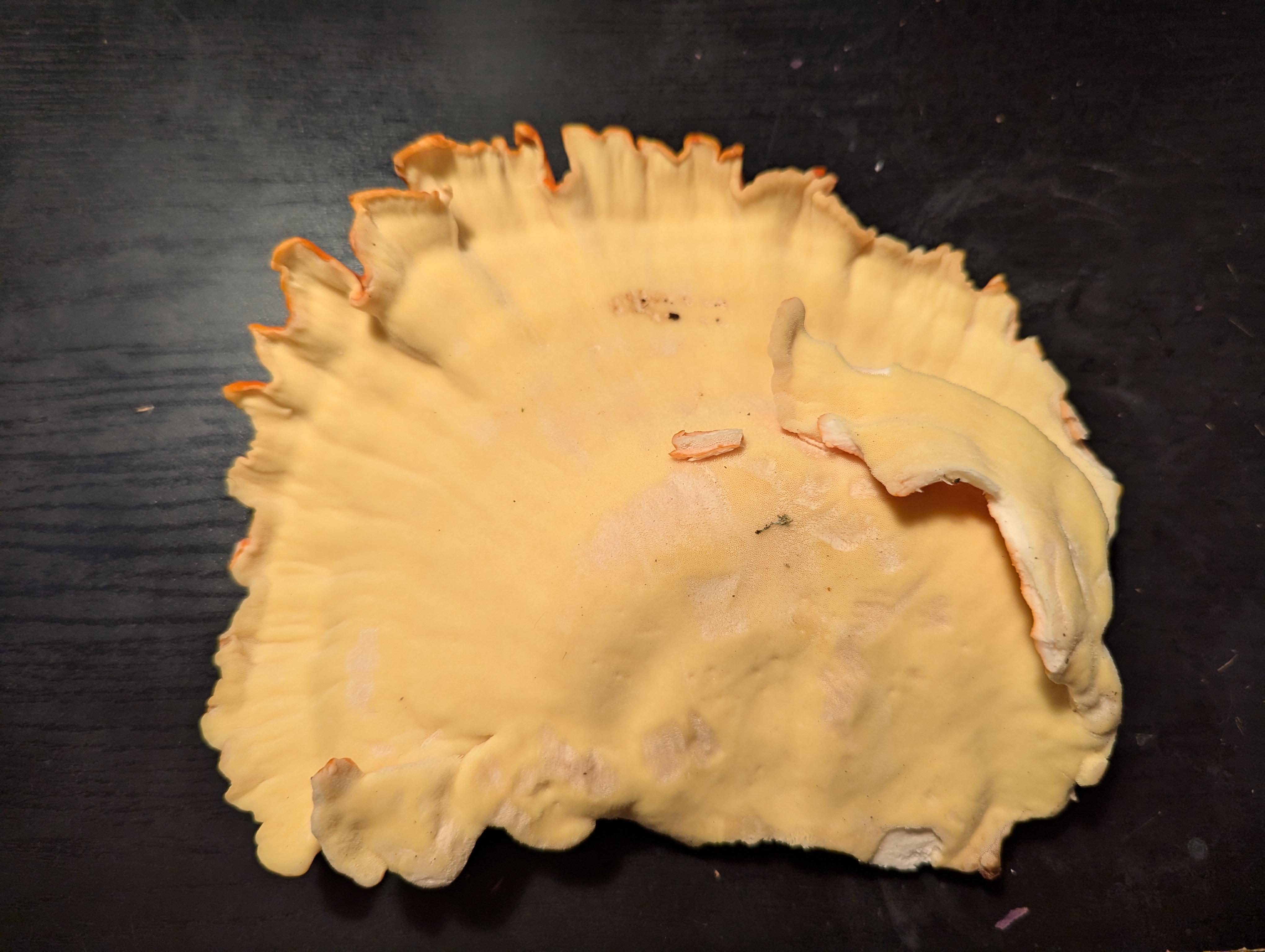
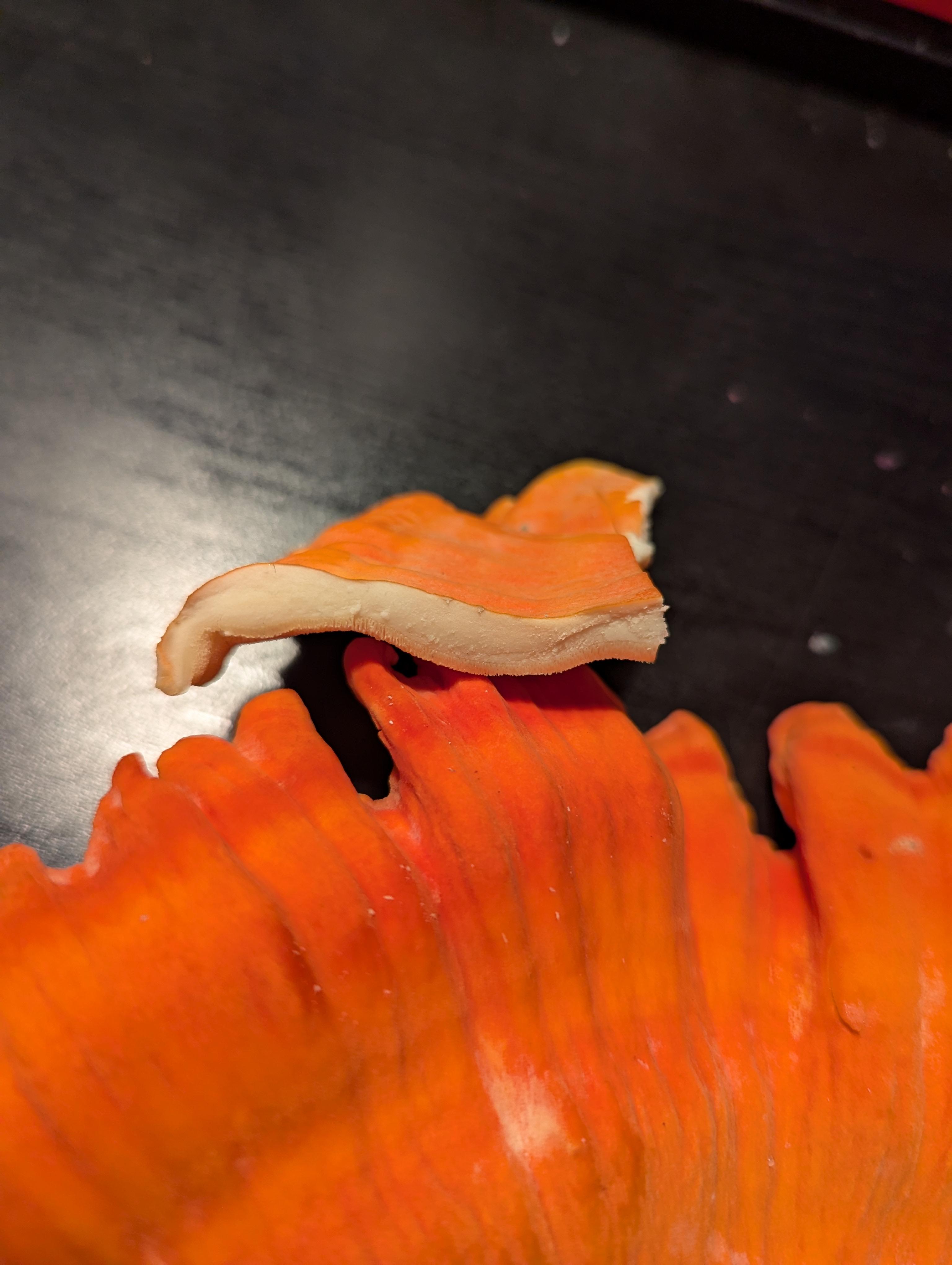
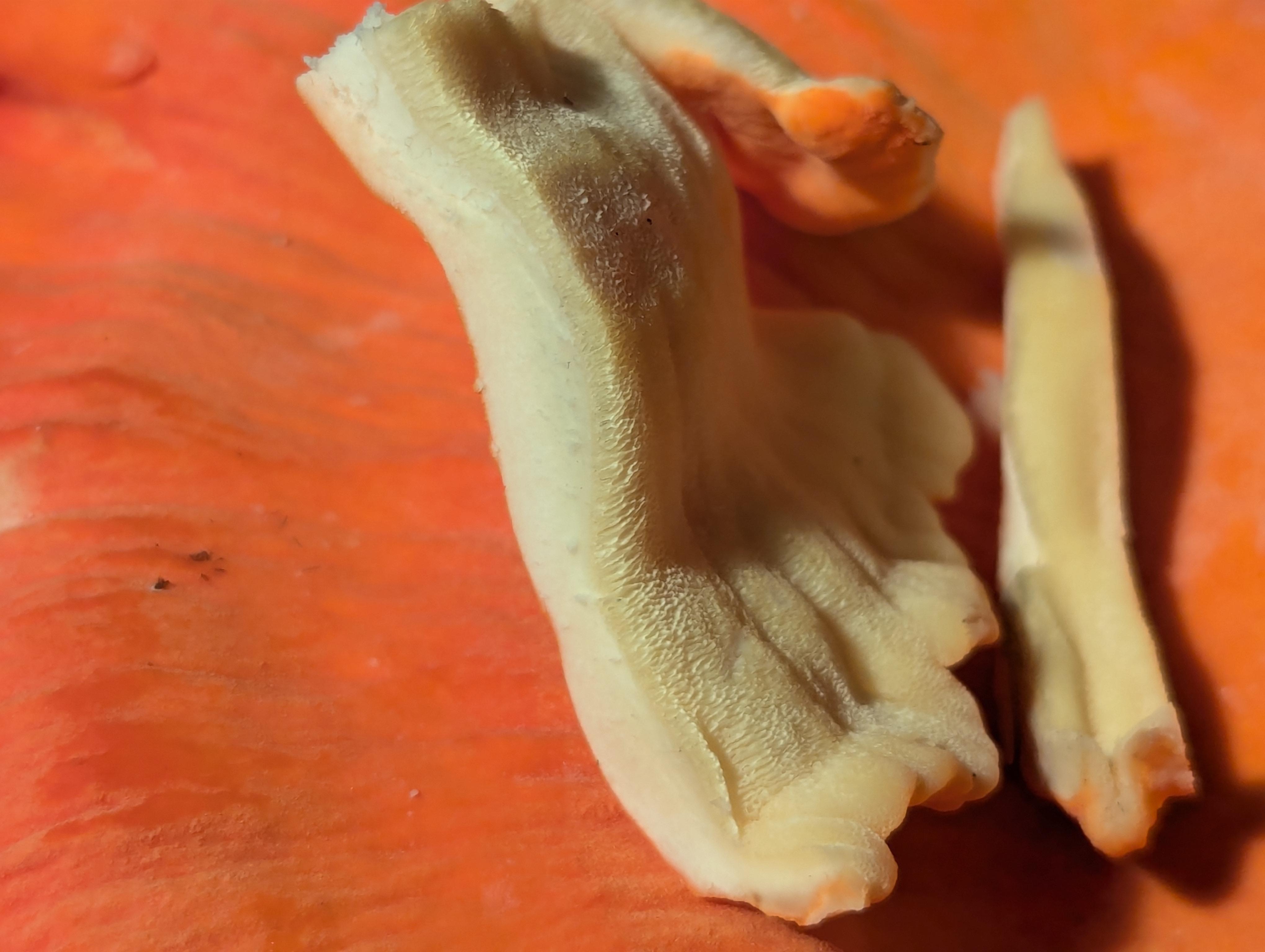
Found in Cascadia/PNW in mid-August.
If it is indeed chicken of the woods (ie laetiporus), I’m curious as to which species.
Cross-posts:
Yes, I am like 90% on this though so definitely reference a book if you haven’t already. Also be aware that mushrooms can become toxic based on the substrate they grow on. Some mushrooms cannot be eaten if they grow on certain types of trees.
Avoid using mycology books from amazon btw, they are made with ai. Look for something old and licensed
What would be the 1/10 probable alternative in your mind? Maybe a fake rubber mushroom someone glued on the tree as a prank? 😂
Also be aware that mushrooms can become toxic based on the substrate they grow on. Some mushrooms cannot be eaten if they grow on certain types of trees.
From what I’ve seen, this seems to be a common myth [1].
References
- David Arora. chickenofthewoods. “Conifer Chicken of the Woods… is it really inedible?”. mycology. Reddit. Published: 2022-10-08T02:10:01Z. (Accessed: 2024-08-18T00:56Z). https://www.reddit.com/r/mycology/comments/xz5myq/comment/irl3agr/.
There’s no evidence that substrate directly affects edibility but some kinds of chicken of woods favor conifers and others hardwoods. Warnings to avoid those on conifers originate in northeastern North America where those on hardwoods such as oaks have a better track record than the one on conifers. This does not apply to the west coast. Here is what I wrote earlier: Three things definitely matter: 1. Species. 2. Cooking. 3. Individual Sensitivity.
Species. We used to call them all Laetiporus sulphureus but recent research has shown five genetic clades within the genus Laetiporus in North America, and genes are the major determinant of toxicity of a mushroom. Two of the clades appear to produce a much higher incidence of GI poisonings. One of those clades grows on western conifers and on northeastern conifers. The second clade grows on hardwoods in the West and along the Gulf Coast. The other three clades grow on hardwoods in eastern North America and are not as likely to cause problems. In other words, all of our western chicken of the woods belong to the two problematic clades.
Cooking. Long and thorough cooking will reduce the chances of GI upset but not eliminate the possibility entirely (see #3). Ken Litchfield in SF did some experiments with small groups of people and found that the “puke factor” was eliminated by boiling the mushrooms first for 15 minutes, and that as he reduced the boil time nausea was more likely to occur.
Individual Sensitivity. There are many cases where groups of people dined on chicken of the woods and some but not all of them got sick. So obviously individual sensitivity plays a role, and it can work both ways. Some people can get away with cooking them very little, for instance, a five minute sauté (a woman from Alaska recommended that recently on this forum), but I wouldn’t do that for dinner guests. In the Litchfield experiment cited above, no one was made ill by the ones boiled for 15 minutes, but it was a small group of people so not necessarily representative of the general population. I do know cases of people who boiled them for a long time and still got sick, so for those few people it is flat-out poisonous. But prolonged cooking definitely makes it palatable for more people.
Good to know, I was basing this on word of mouth information. Thank you
- David Arora. chickenofthewoods. “Conifer Chicken of the Woods… is it really inedible?”. mycology. Reddit. Published: 2022-10-08T02:10:01Z. (Accessed: 2024-08-18T00:56Z). https://www.reddit.com/r/mycology/comments/xz5myq/comment/irl3agr/.
Butter it up!
I don’t know about mushroom but you may find your answer on [email protected]
Thanks for the community recommendation!
They sure look similar to this image I found on Google, but I know nothing/am not a mycologist.
Yes, they are definitely chicken of the woods. I’m not sure on species, but it’s a good beginner mushroom because there aren’t any dangerous look-a-likes or even many (any?) shelf mushrooms that are dangerous to eat.
it sure is. the species I’m not 100%, but I wanted to say make sure it wasn’t on a conifer tree (spruce, fir, pine). it won’t kill you but you might not feel very good
Definitely looks like conifer bark of some sort. Not many non-conifer trees in the pnw.
What is it about conifers that makes the mushrooms not edible?
checked myself and researched it again, seems like it’s just that when people have allergic reactions with them it tends to be when they’ve grown on conifers. my bad! so, it doesn’t make the mushroom not edible, just eat a little bit and wait a day to make sure you don’t have the allergy
Definitely looks like conifer bark of some sort.
It’s a hemlock stump.
What is it about conifers that makes the mushrooms not edible?
See the following source for some extra info:
- David Arora. chickenofthewoods. “Conifer Chicken of the Woods… is it really inedible?”. mycology. Reddit. Published: 2022-10-08T02:10:01Z. (Accessed: 2024-08-18T00:56Z). https://www.reddit.com/r/mycology/comments/xz5myq/comment/irl3agr/.
There’s no evidence that substrate directly affects edibility but some kinds of chicken of woods favor conifers and others hardwoods. Warnings to avoid those on conifers originate in northeastern North America where those on hardwoods such as oaks have a better track record than the one on conifers. This does not apply to the west coast. Here is what I wrote earlier: Three things definitely matter: 1. Species. 2. Cooking. 3. Individual Sensitivity.
Species. We used to call them all Laetiporus sulphureus but recent research has shown five genetic clades within the genus Laetiporus in North America, and genes are the major determinant of toxicity of a mushroom. Two of the clades appear to produce a much higher incidence of GI poisonings. One of those clades grows on western conifers and on northeastern conifers. The second clade grows on hardwoods in the West and along the Gulf Coast. The other three clades grow on hardwoods in eastern North America and are not as likely to cause problems. In other words, all of our western chicken of the woods belong to the two problematic clades.
Cooking. Long and thorough cooking will reduce the chances of GI upset but not eliminate the possibility entirely (see #3). Ken Litchfield in SF did some experiments with small groups of people and found that the “puke factor” was eliminated by boiling the mushrooms first for 15 minutes, and that as he reduced the boil time nausea was more likely to occur.
Individual Sensitivity. There are many cases where groups of people dined on chicken of the woods and some but not all of them got sick. So obviously individual sensitivity plays a role, and it can work both ways. Some people can get away with cooking them very little, for instance, a five minute sauté (a woman from Alaska recommended that recently on this forum), but I wouldn’t do that for dinner guests. In the Litchfield experiment cited above, no one was made ill by the ones boiled for 15 minutes, but it was a small group of people so not necessarily representative of the general population. I do know cases of people who boiled them for a long time and still got sick, so for those few people it is flat-out poisonous. But prolonged cooking definitely makes it palatable for more people.
- David Arora. chickenofthewoods. “Conifer Chicken of the Woods… is it really inedible?”. mycology. Reddit. Published: 2022-10-08T02:10:01Z. (Accessed: 2024-08-18T00:56Z). https://www.reddit.com/r/mycology/comments/xz5myq/comment/irl3agr/.

